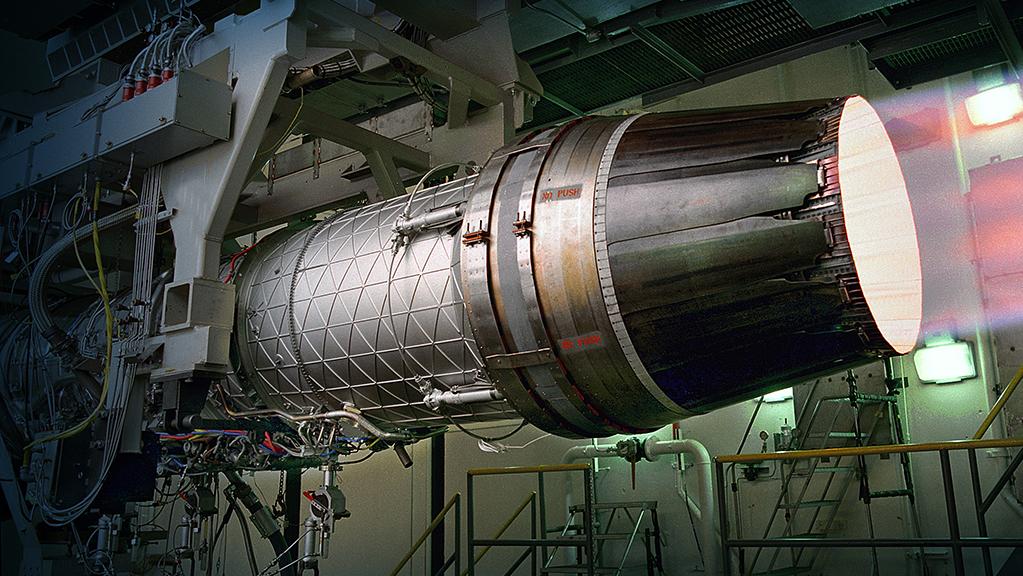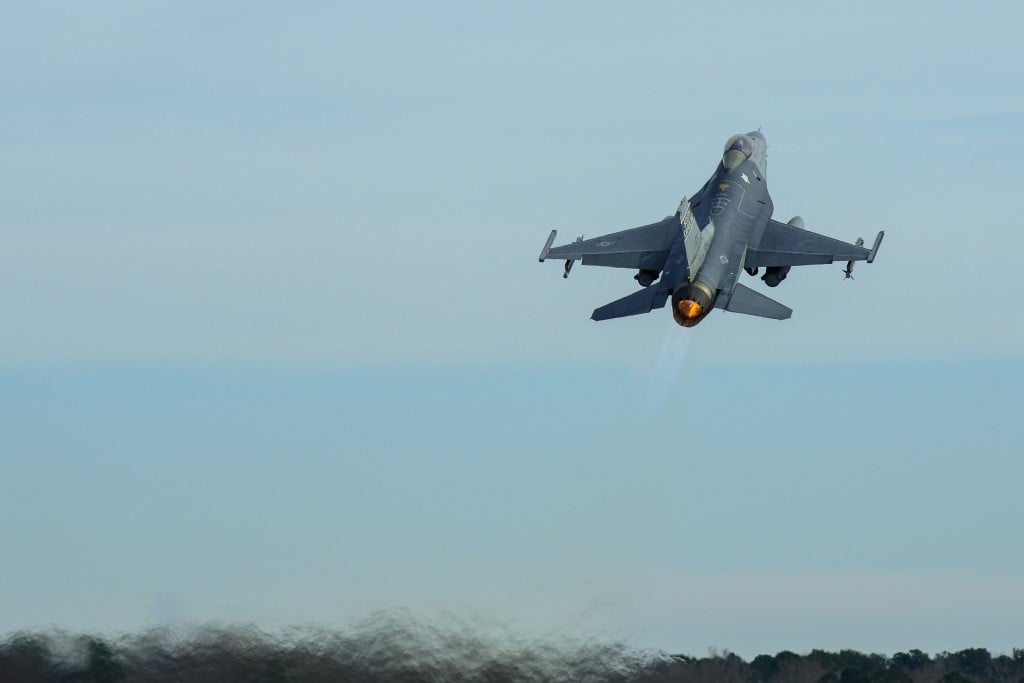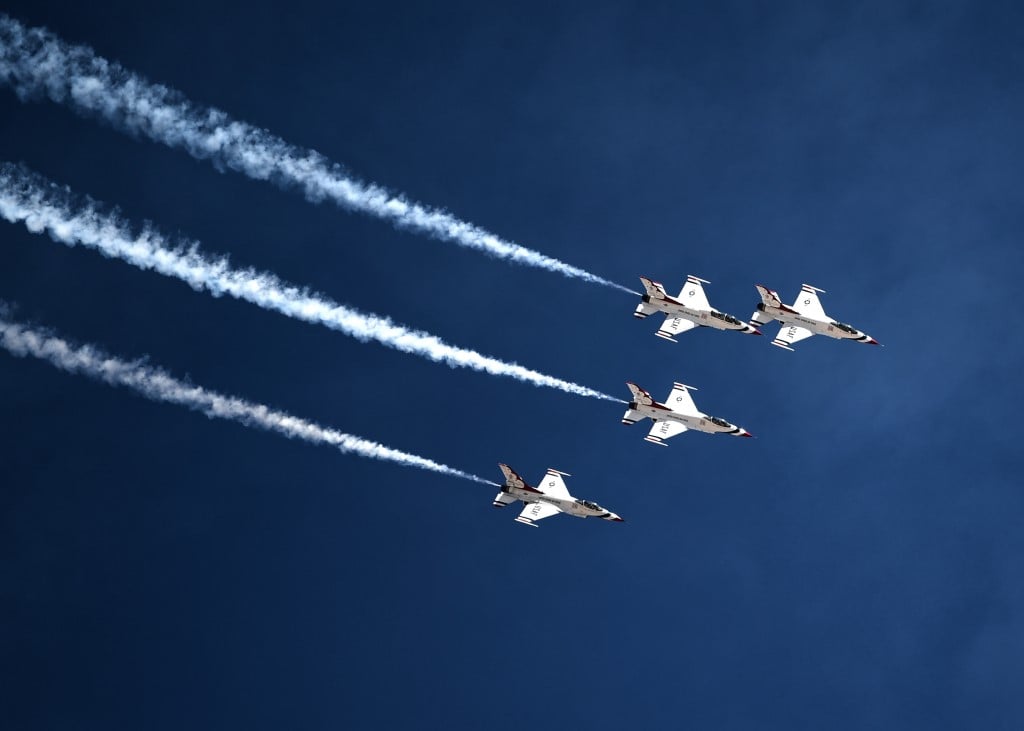The F-16 and its Pratt & Whitney Engine Celebrate Fifty Years of Flying

Five decades ago, the Pratt & Whitney F100 engine powered both the F-16's unofficial maiden voyage and its first official flight on February 2, 1974. It's been powering the F-16 Fighting Falcon, often referred to as the Viper, ever since.
A mainstay powerplant for 23 global air forces, the F100 engine is the only 4th generation engine offering operationally proven 5th generation technologies, such as advanced thermal coatings, improved turbine cooling capabilities and prognostics.
"This is not your fighter from five decades ago. It's been regularly modernized over the years," said Chris Johnson, vice president of Fighter & Mobility programs at Pratt & Whitney. "Today's F-16 is the most advanced 4th generation fighter ever built."

Approximately two-thirds of today's global F-16 fleet is powered by the Pratt & Whitney F100 engine, with the most advanced F100 engines powering the F-16 Block 72. In addition to the United States, nearly 20 additional countries belong to the F100-powered F-16 community, as well as two civilian companies that fly "aggressors" during training exercises.
Air forces in Europe, Asia and around the globe choose the F-16 because it's the only 4th generation fighter to have mission critical 5th generation features, which greatly contributes to the operator community's reverence for its multi-role capabilities.
During its air combat role, the F-16's maneuverability and combat radius are better than all threat fighter aircraft. In its air-to-surface role, it can fly more than 500 miles, delivering precision effects with superior accuracy.
In addition to its combat prowess, the F-16 is well known for its unmatched reliability and safety record, and that's largely due to engine performance. Across global F-16 and F-15 fleets, the F100 has flown more than 30 million engine flight hours, which is nearly three times as many hours as other 4th generation fighter engines.
"With a thrust-to-weight ratio 50% higher than its predecessor, the F100 delivered superior capabilities that enabled a new frontier of performance for the F-15 and F-16 aircraft," said Josh Goodman, senior director of F100 programs at Pratt & Whitney. "There's a reason the F100 remains the exclusive propulsion provider for the Thunderbirds."
The F100's digital electronic control delivers extremely smooth control scheduling that provides pilots the exact power settings they need to optimize performance. The state-of-the-art system, coupled with enhanced real-time engine monitoring and fault isolation capability, promotes the highest levels of operational readiness for F-15 and F-16 aircraft.

"We get great feedback on our engine from the pilots who fly the Viper," said Goodman. "It's a pilot's engine. It provides safety and predictability while giving the combat edge."
Pratt & Whitney F100-powered F-15s and F-16s are undefeated in combat with a 165-0 Air-to-Air Combat Record.
What's next for the F100? In 2022, Hermeus selected Pratt & Whitney's F100 engine to be part of the propulsion solution for its larger hypersonic engine, a decision largely attributed to the engine's maturity, dependability, and modular architecture.
"The amount of experience we've gained on the F100 in the last 50 years is staggering," said Johnson. "I'm confident this engine's next 50 years will be crucial in shaping the future of air dominance and hypersonic aviation."




